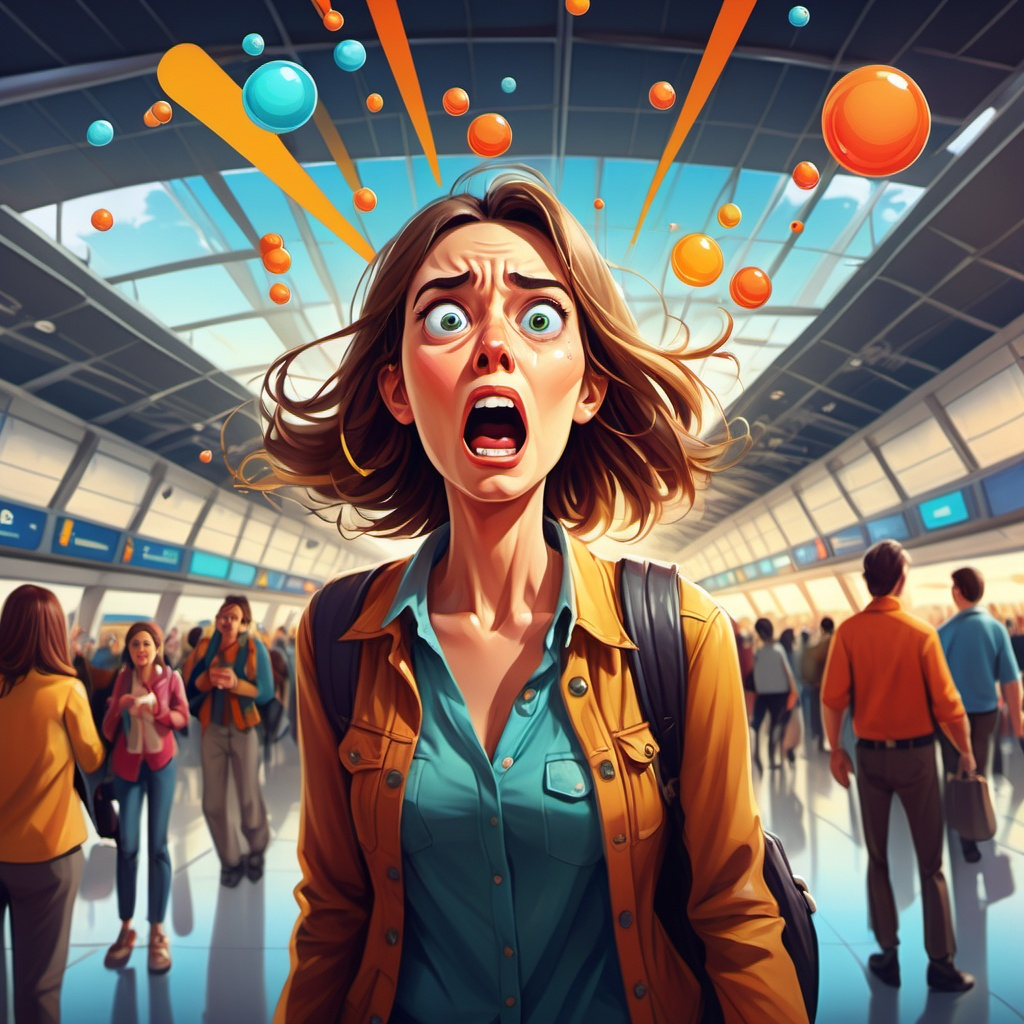Why People Quit Duolingo: An Analysis of User Venting
The Duolingo app has captured the hearts of millions with its fun, gamified approach to language learning. With colorful graphics, playful mascots, and a competitive streak feature, it’s designed to make picking up a new language feel like a game rather than a chore. From those taking their first steps into language learning to seasoned polyglots brushing up on skills, the app seems like a perfect fit. However, as many users can attest, the initial excitement often fades, leading to a common question: Why do so many people eventually move on from Duolingo?
In scouring blog posts, forums, Reddit threads, and various other “venting spots,” it’s clear that user experiences vary widely. While some enjoy the app and its gamified learning approach, many express frustrations that contribute to their decision to quit. Whether it’s the stress of maintaining streaks, a lack of clear goals, or simply feeling overwhelmed by repetitive lessons, these sentiments resonate with a significant portion of the Duolingo community. Trending searches, such as “Is Duolingo Dangerous?” and “Is Duolingo a Scam?”, highlight a rising concern among learners about the app's potential drawbacks and its perceived value. These aren’t users who download the app and immediately say, “Duolingo sucks,” but rather, committed learners who once saw it as a valuable tool, now questioning if it still fits their evolving needs.
Before diving into the top ten reasons why users decide to walk away from Duolingo, let’s first explore the science behind learner motivation.








